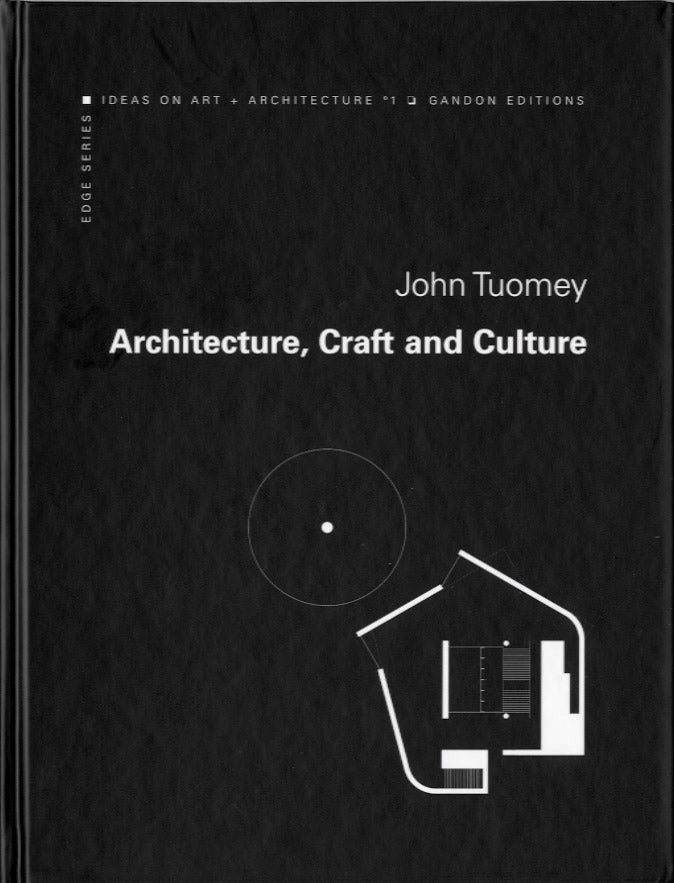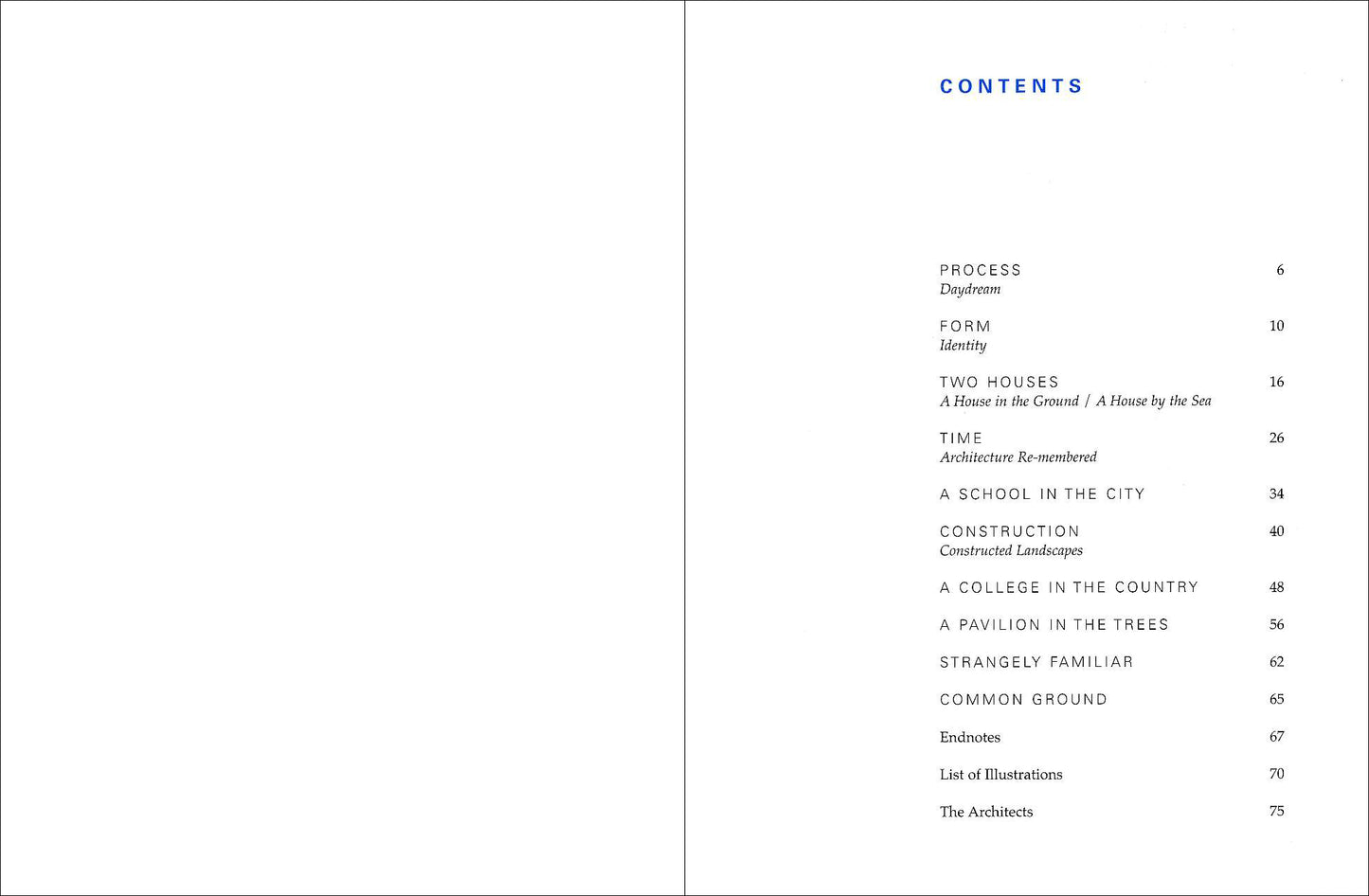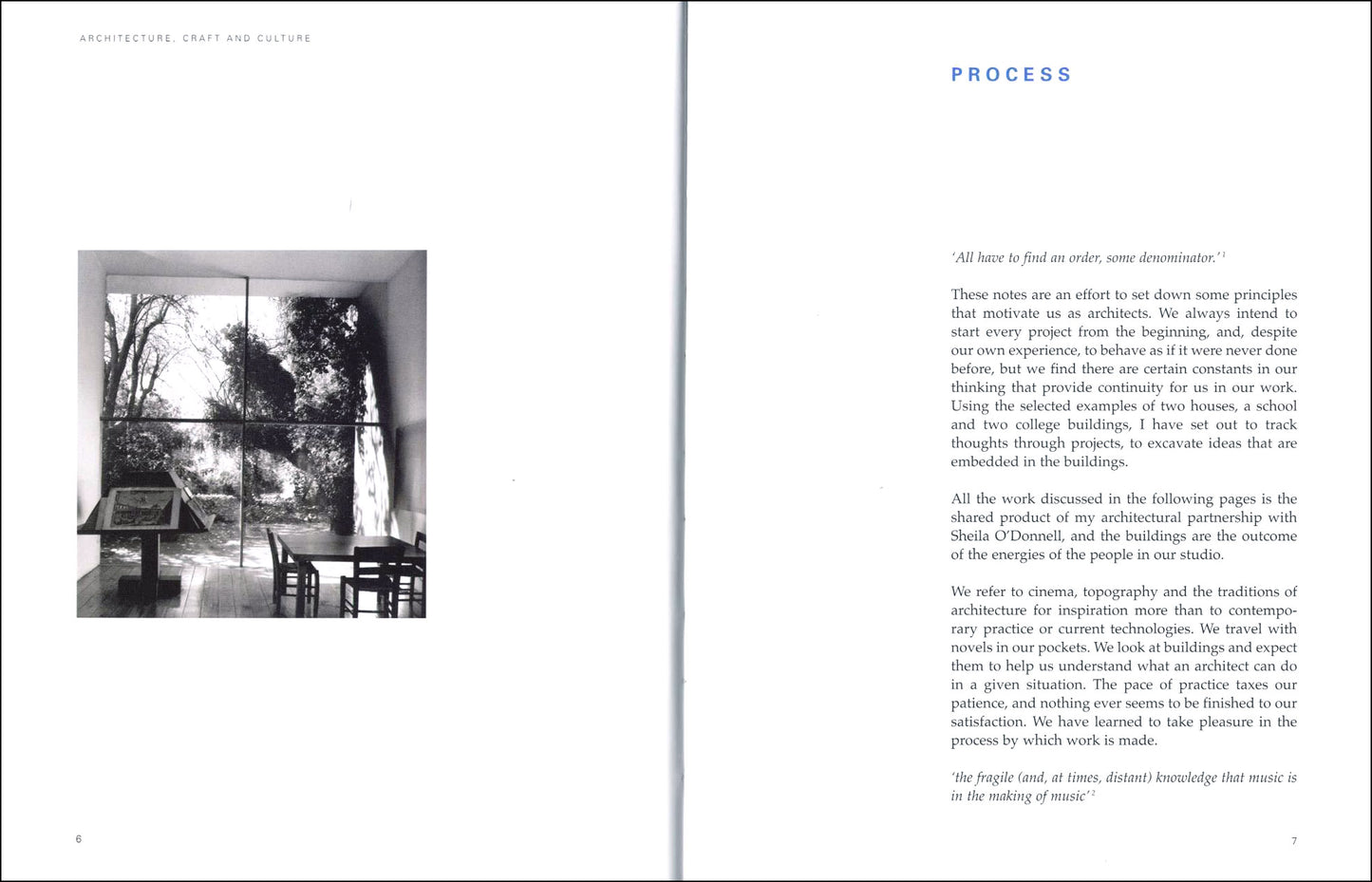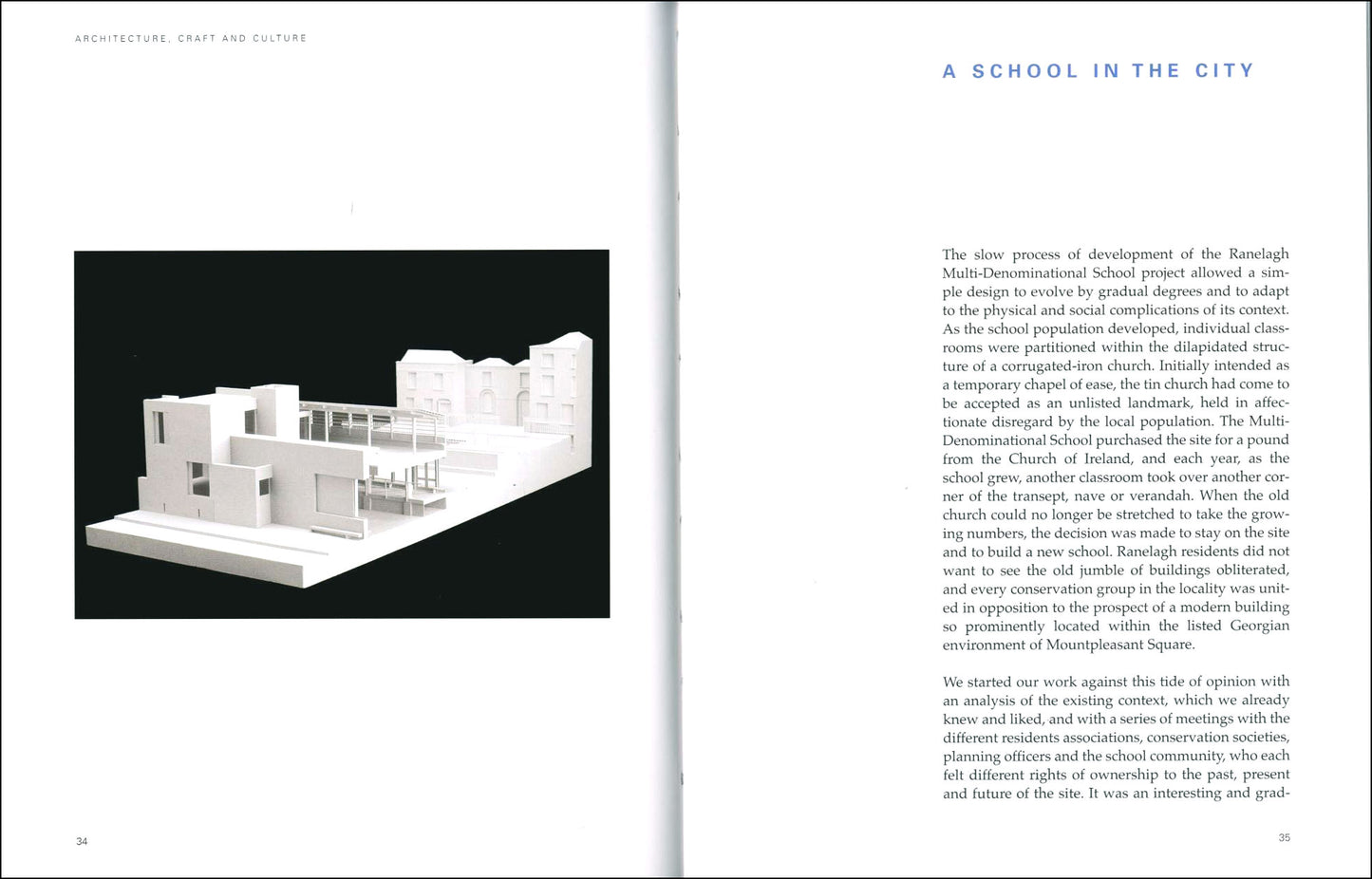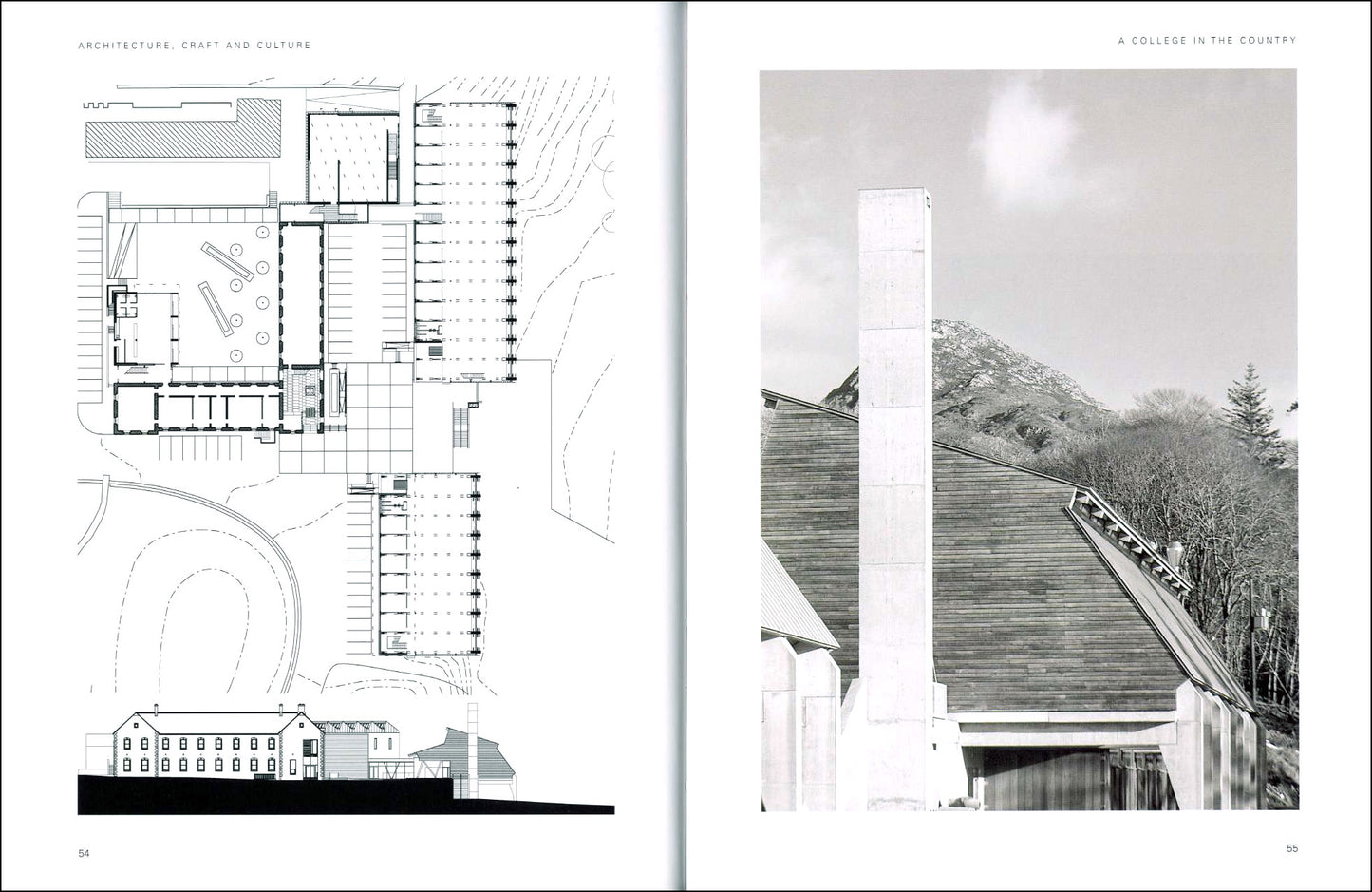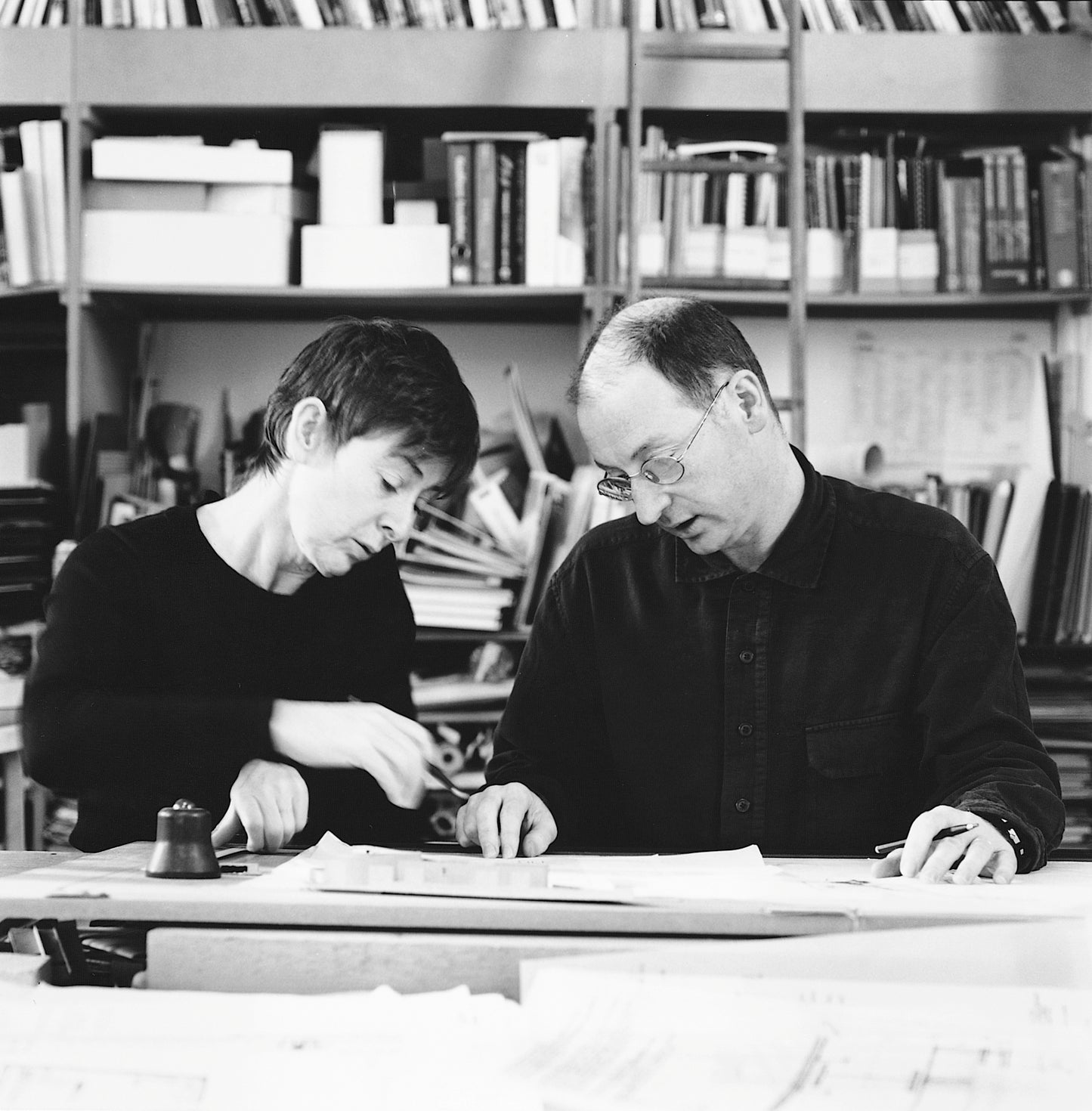Gandon
Edge 1 – ARCHITECTURE, CRAFT & CULTURE: Reflections on the work of O’Donnell + Tuomey Architects
Edge 1 – ARCHITECTURE, CRAFT & CULTURE: Reflections on the work of O’Donnell + Tuomey Architects
Couldn't load pickup availability
Share
by John Tuomey
ISBN 978 0948037 528 (2nd edn) 72 pages (hardback) 22x17cm 51 illus
The first book in a Gandon series on ideas and explorations in art and architecture, this volume carries an illustrated essay by the award-winning architect John Tuomey on the processes involved in making architecture.
EXTRACT
"These notes are an effort to set down some principles that motivate us as architects. We always intend to start every project from the beginning, and, despite our own experience, to behave as if it were never done before, but we find there are certain constants in our thinking that provide continuity for us in our work. Using the selected examples of two houses, a school and two college buildings, I have set out to track thoughts through projects, to excavate ideas that are embedded in the buildings."
— John Tuomey
|
CONTENTS PROCESS: Daydream 6 FEATURED BUILDINGS |
|
This small and beautiful book, concerning both material culture and the history of ideas in architecture, recalls the pensive meditations of Alvar Aalto, Peter Zumthor and Alvaro Siza, similar architect-teachers to whom Tuomey refers. ‘We carry novels in our pockets on holidays’, he says, and a catholic cast of poets, musicians and film-makers jostle together as if at the bar of a very good pub alongside architects that share Tuomey’s sense of social responsibility and a more private vision. At once philosophical and poetic, Tuomey’s argument is bookended by two juxtapositions: firstly, the strange relationship between the autonomous aspects of architecture, such as the discipline of structure, on the one hand, and the vernacular tradition of construction and craft on the other. Secondly, the tension between what Seamus Heaney calls, ‘two orders of knowledge, the practical and the poetic’, which Tuomey seeks to reconcile as a sense of personal duty to the ethical function of architecture. This book is an architectural autobiography full of wisdom. ‘Life often conspires against our best intentions’, Tuomey muses, ‘and frustration surrounds us in our work, but a lived-in building, loved in use, is one of the rewards that reminds us of the worth of an architects’ effort, and makes us, in turn, feel useful’. Tuomey proceeds to discuss with elegant brevity some of his practice’s buildings, whose precise description imbues them with archetypal and poignant qualities that makes them memorable, like short prose poems. — Architectural Research Quarterly |
